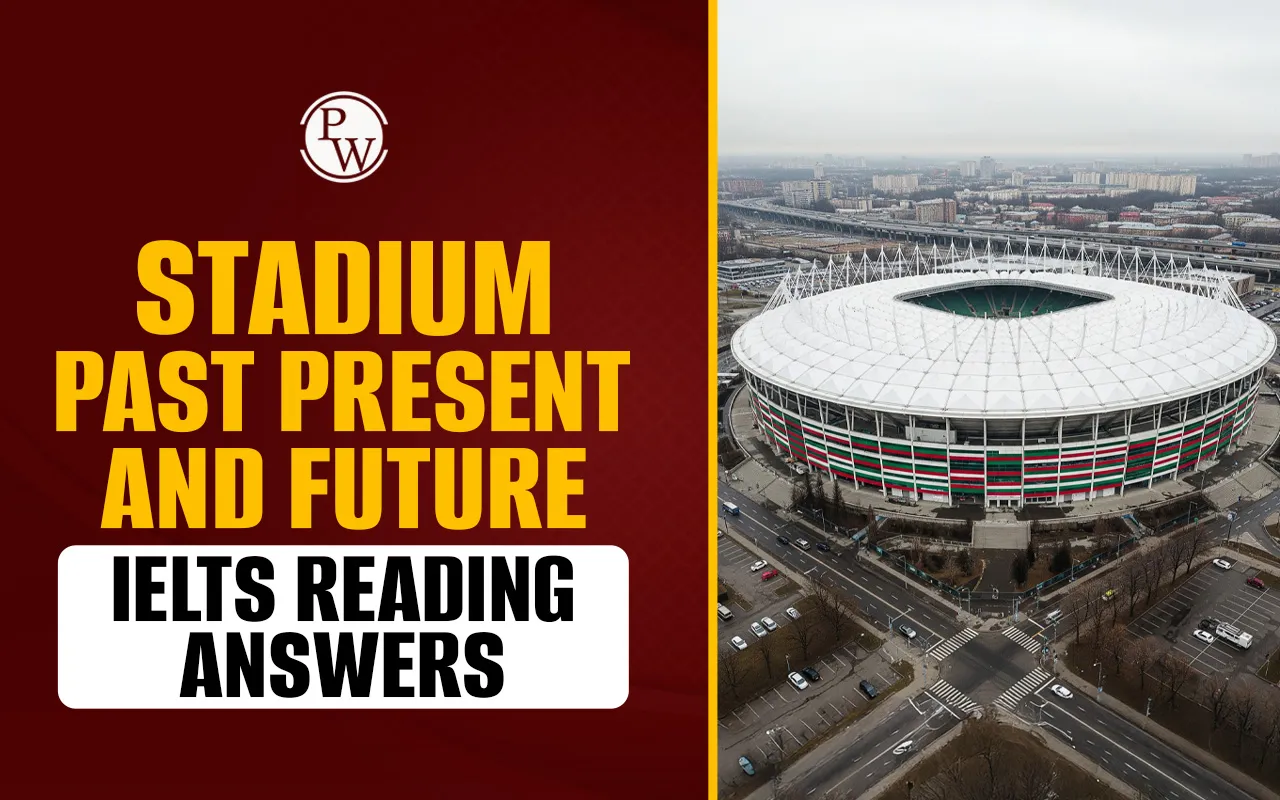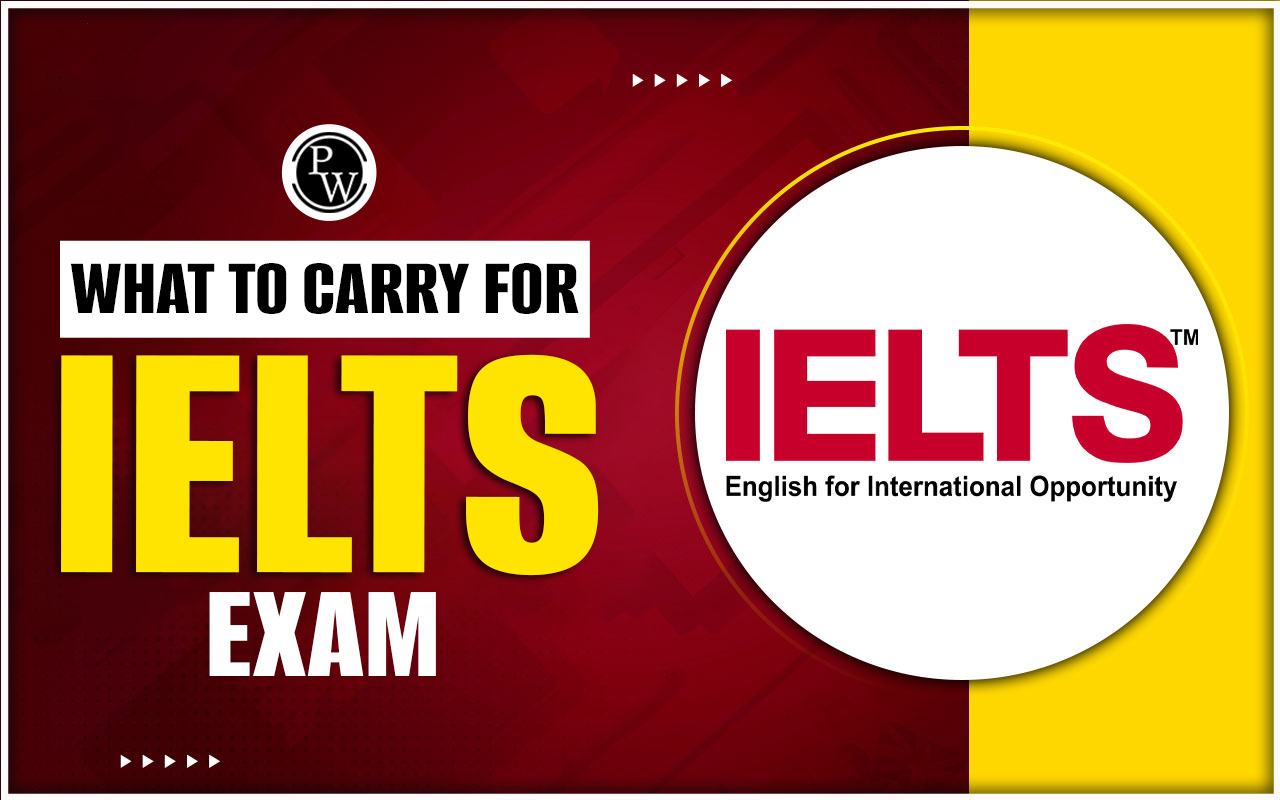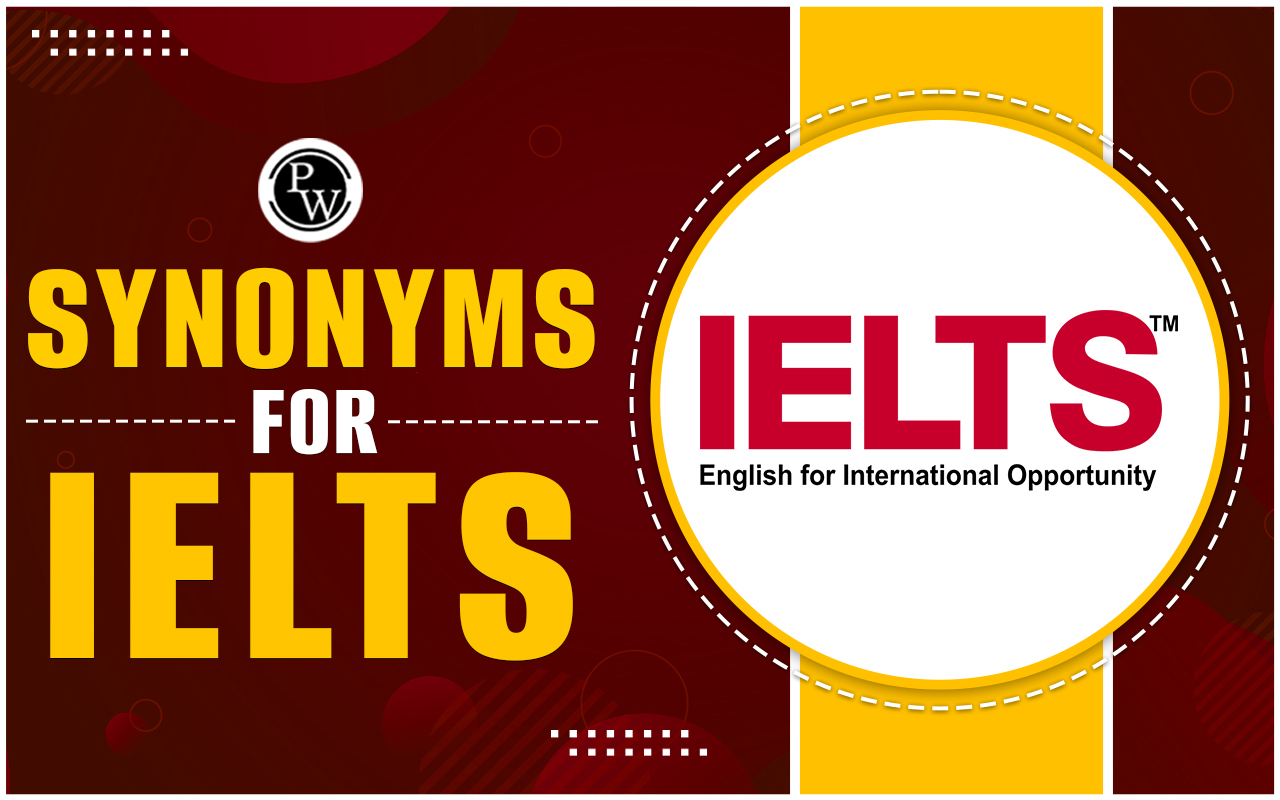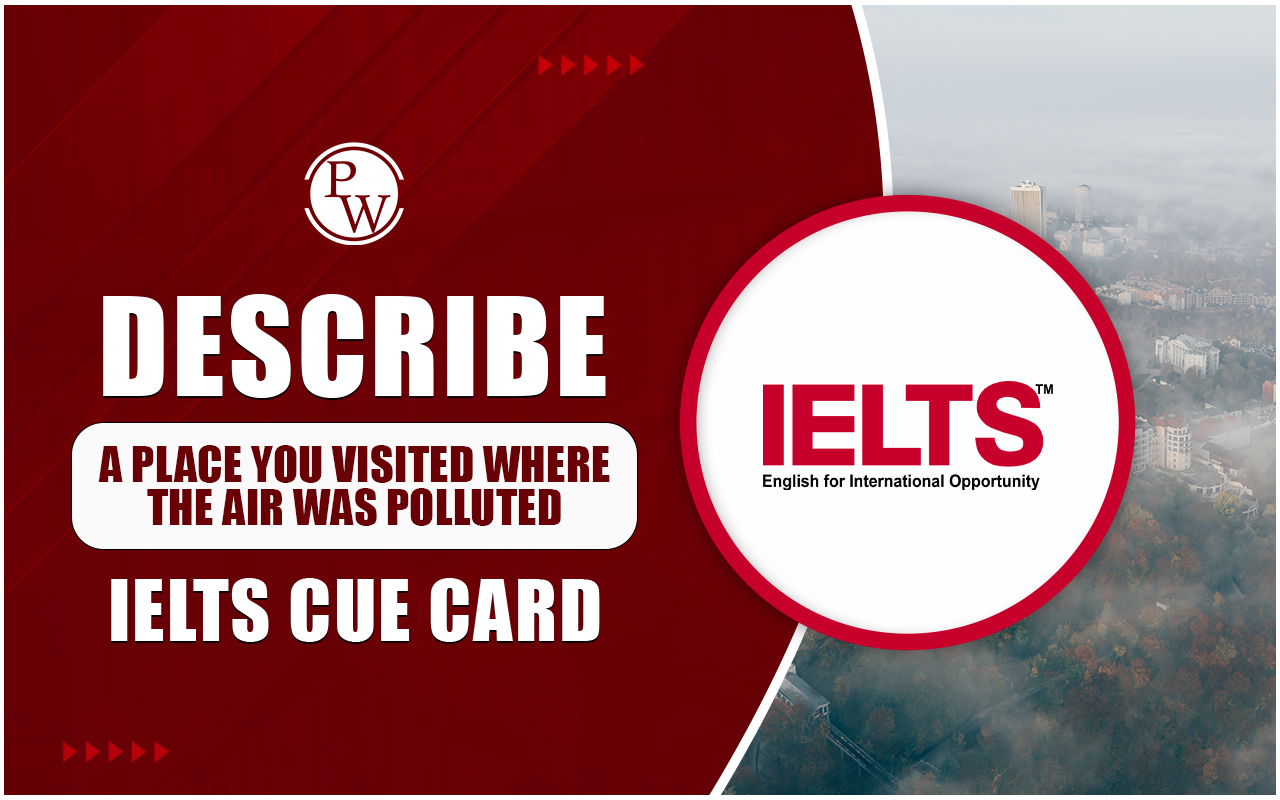
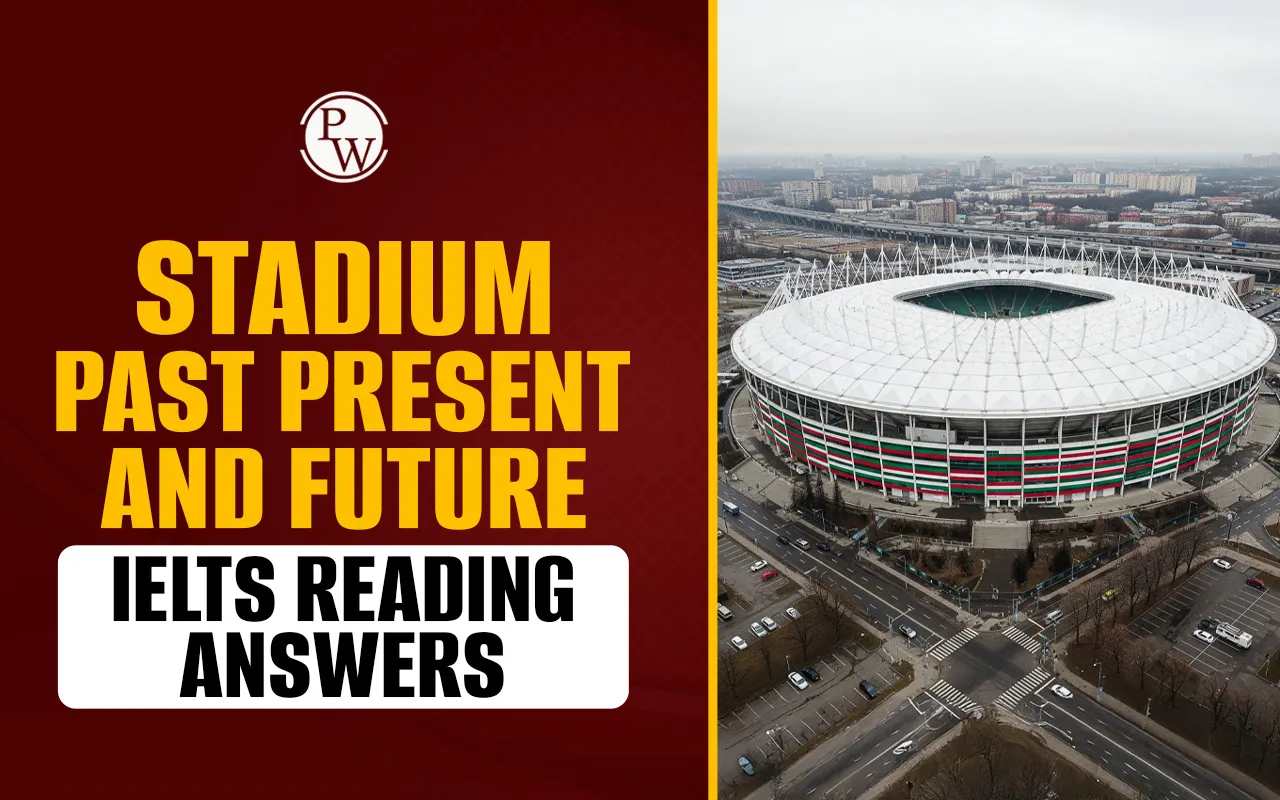
Stadium Past Present And Future IELTS Reading Answers: The IELTS Reading passage Stadium Past Present and Future explores how stadiums have evolved from ancient times to the modern day. It highlights their changing roles in society, from sports venues to multi-purpose public spaces and even power stations. In this guide, you will find the answers and detailed explanations for the IELTS Reading Test question types: Matching Features, Summary Completion, and Multiple Choice. This will help you understand the passage better and improve your IELTS Reading skills.
Free IELTS Reading Practice Tests
Stadium Past Present And Future IELTS Reading Answers Passage
You should spend about 20 minutes on Questions 1-13, which are based on the Reading Passage below.
Stadium Past Present And Future
-
Stadiums are among the oldest forms of urban architecture: vast stadiums where the public could watch sporting events were at the centre of western city life as far back as the ancient Greek and Roman Empires, well before the construction of the great mediaeval cathedrals and the grand 19th- and 20th-century railway stations which dominated urban skylines in later eras. Today, however, stadiums are regarded with growing scepticism. Construction costs can soar above £1 billion, and stadiums finished for major events such as the Olympic Games or the FIFA World Cup have notably fallen into disuse and disrepair. But this need not be the case. History shows that stadiums can drive urban development and adapt to the culture of every age. Even today, architects and planners are finding new ways to adapt the mono-functional sports arenas which became emblematic of modernisation during the 20th century.
-
The amphitheatre of Arles in southwest France, with a capacity of 25,000 spectators, is perhaps the best example of just how versatile stadiums can be. Built by the Romans in 90 AD, it became a fortress with four towers after the fifth century, and was then transformed into a village containing more than 200 houses. With the growing interest in conservation during the 19th century, it was converted back into an arena for the staging of bullfights, thereby returning the structure to its original use as a venue for public spectacles. Another example is the imposing arena of Verona in northern Italy, with space for 30,000 spectators, which was built 60 years before the Arles amphitheatre and 40 years before Rome’s famous Colosseum. It has endured the centuries and is currently considered one of the world’s prime sites for opera, thanks to its outstanding acoustics.
-
The area in the centre of the Italian town of Lucca, known as the Piazza dell’ Anfiteatro, is yet another impressive example of an amphitheatre becoming absorbed into the fabric of the city. The site evolved in a similar way to Arles and was progressively filled with buildings from the Middle Ages until the 19th century, variously used as houses, a salt depot and a prison. But rather than reverting to an arena, it became a market square, designed by Romanticist architect Lorenzo Nottolini. Today, the ruins of the amphitheatre remain embedded in the various shops and residences surrounding the public square.
-
There are many similarities between modern stadiums and the ancient amphitheatres intended for games. But some of the flexibility was lost at the beginning of the 20th century as stadiums were developed using new products such as steel and reinforced concrete, and made use of bright lights for night-time matches. Many such stadiums are situated in suburban areas, designed for sporting use only and surrounded by parking lots. These factors mean that they may not be as accessible to the general public, require more energy to run and contribute to urban heat.
-
But many of today’s most innovative architects see scope for the stadium to help improve the city. Among the current strategies, two seem to be having particular success: the stadium as an urban hub, and as a power plant. There’s a growing trend for stadiums to be equipped with public spaces and services that serve a function beyond sport, such as hotels, retail outlets, conference centres, restaurants and bars, children’s playgrounds and green space. Creating mixed-use developments such as this reinforces compactness and multi-functionality, making more efficient use of land and helping to regenerate urban spaces. This opens the space up to families and a wider cross-section of society, instead of catering only to sportspeople and supporters. There have been many examples of this in the UK: the mixed-use facilities at Wembley and Old Trafford have become a blueprint for many other stadiums in the world.
-
The phenomenon of stadiums as power stations has arisen from the idea that energy problems can be overcome by integrating interconnected buildings by means of a smart grid, which is an electricity supply network that uses digital communications technology to detect and react to local changes in usage, without significant energy losses. Stadiums are ideal for these purposes, because their canopies have a large surface area for fitting photovoltaic panels and rise high enough (more than 4) metres) to make use of micro wind turbines. Freiburg Mage Solar Stadium in Germany is the first of a new wave of stadiums as power plants, which also includes the Amsterdam Arena and the Kaohsiung Stadium. The latter, inaugurated in 2009, has 8,844 photovoltaic panels producing up to 1.14 GWh of electricity annually. This reduces the annual output of carbon dioxide by 660 tons and supplies up to 80 percent of the surrounding area when the stadium is not in use. This is proof that a stadium can serve its city, and have a decidedly positive impact in terms of reduction of C02 emissions.
-
Sporting arenas have always been central to the life and culture of cities. In every era, the stadium has acquired new value and uses: from military fortress to residential village, public space to theatre and most recently a field for experimentation in advanced engineering. The stadium of today now brings together multiple functions, thus helping cities to create a sustainable future.
Also Read:
Stadium Past Present And Future IELTS Reading Questions
Questions 1–4
Matching Features
Match each stadium with the correct information, A–C, from the passage.
Write the correct letter, A–C, in boxes 1–4 on your answer sheet.
List of Stadiums:
A. Arles amphitheatre
B. Verona arena
C. Piazza dell’ Anfiteatro
Statements:
-
Was used as a fortress and later returned to hosting public performances.
-
Is now surrounded by residential and commercial structures.
-
Has been continuously used as a cultural venue since ancient times.
-
Was redesigned as a market space instead of being restored to a stadium.
Questions 5–9
Summary Completion
Complete the summary below.
Choose NO MORE THAN TWO WORDS from the passage for each answer.
Write your answers in boxes 5–9 on your answer sheet.
The Evolution and Modern Use of Stadiums
In the past, stadiums served multiple roles, including use as a 5.________ during military conflicts. Over time, they became parts of cities, such as the square in Lucca, which once housed a 6.________ and a prison. In the 20th century, however, stadiums became more rigid in function due to the introduction of 7.________ materials. These modern stadiums, often found in 8.________ locations, typically required more energy and were less accessible. Today, some stadiums have been designed to include additional facilities like restaurants and parks to attract 9.________ groups of people.
Questions 10–13
Multiple Choice
Choose the correct letter, A, B, C or D.
Write your answers in boxes 10–13 on your answer sheet.
10. What is the main concern regarding stadiums built for international events?
A. They are rarely completed on time.
B. They are often criticised for design flaws.
C. They are not used after the events.
D. They do not follow architectural tradition.
11. What advantage do modern mixed-use stadiums offer cities?
A. They reduce the number of sporting events.
B. They promote compact and efficient land use.
C. They provide cheaper energy sources.
D. They eliminate the need for public transport.
12. Why are stadiums suitable for renewable energy production?
A. They consume very little power overall.
B. They are easy to connect to power grids.
C. They are located in industrial zones.
D. They have structural capacity for energy devices.
13. What is the author’s overall view of modern stadiums?
A. They are a financial burden on cities.
B. They have limited architectural potential.
C. They can contribute positively to urban life.
D. They are less impressive than ancient ones.
| Section wise IELTS Band Score Links | |
|---|---|
| IELTS Reading Band Score | IELTS Listening Band Score |
| IELTS Speaking Band Score | IELTS Writing Band Score |
Stadium Past Present And Future IELTS Reading Answers
Matching Features (Questions 1–4)
1. Was used as a fortress and later returned to hosting public performances
Answer: A – Arles amphitheatre
It became a fortress with towers and was later reused for bullfights.
2. Is now surrounded by residential and commercial structures
Answer: C – Piazza dell’ Anfiteatro
The amphitheatre's ruins are now embedded within shops and homes.
3. Has been continuously used as a cultural venue since ancient times
Answer: B – Verona arena
Built in ancient times and still used today for opera performances.
4. Was redesigned as a market space instead of being restored to a stadium
Answer: C – Piazza dell’ Anfiteatro
Transformed into a market square by architect Lorenzo Nottolini.
Summary Completion (Questions 5–9)
5. fortress
Arles amphitheatre was converted into a fortress after the 5th century.
6. salt depot
Lucca’s site was used for various purposes, including a salt depot.
7. reinforced concrete
Early 20th-century stadiums used steel and reinforced concrete.
8. parking lots
Many modern stadiums are built in suburbs and surrounded by parking areas.
9. compactness
Mixed-use developments help reinforce compactness and multifunctionality.
Multiple Choice (Questions 10–13)
10. What point is made about the Verona arena?
Answer: C – It has better acoustics than many other venues.
The passage mentions it is considered ideal for opera due to its outstanding acoustics.
11. What disadvantage is mentioned about many modern stadiums?
Answer: B – They are often located in areas with limited access.
Modern stadiums are in suburban areas and not easily accessible.
12. How do some stadiums serve the community beyond sports?
Answer: A – By offering services like hotels and shops.
Stadiums are being developed with retail, hotels, and public spaces.
13. Why are stadiums suitable for producing renewable energy?
Answer: D – Their structure supports solar panels and turbines.
Stadiums have large canopies and height, ideal for photovoltaic panels and wind turbines.
Guidance to PW
The IELTS Online Courses is a great initiative taken by Physics Wallah to help IELTS aspirants better prepare for the exam. Follow our below pages to learn more about the IELTS exam.| What is IELTS Exam? | Documents Required for IELTS Registration |
| IELTS exam eligibility requirements | IELTS Exam Fees |
| IELTS test results | IELTS Exam Pattern |
Stadium Past Present And Future IELTS Reading Answers FAQs
What is the main theme of the Stadium Past Present And Future IELTS Reading passage?
What types of questions are included in this IELTS Reading passage?
How can I identify answers for Matching Features questions in this passage?
What strategies help with Summary Completion questions?
Are modern stadiums only used for sports according to the passage?

